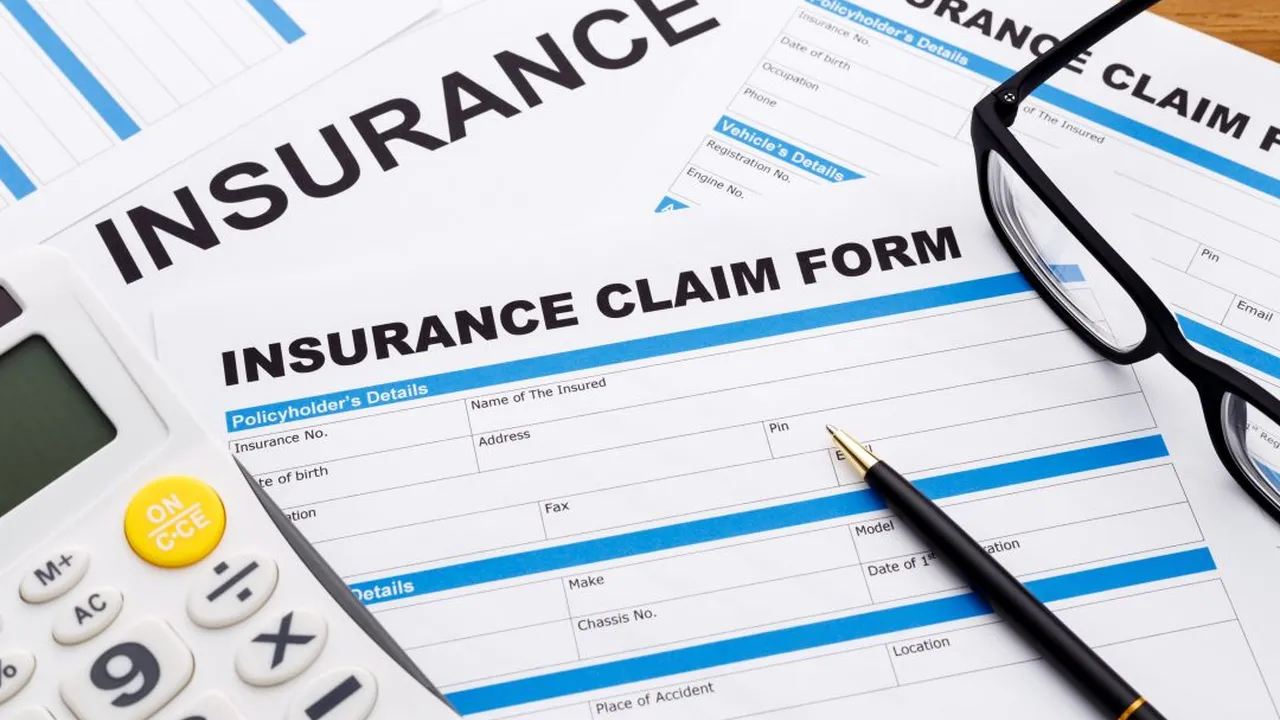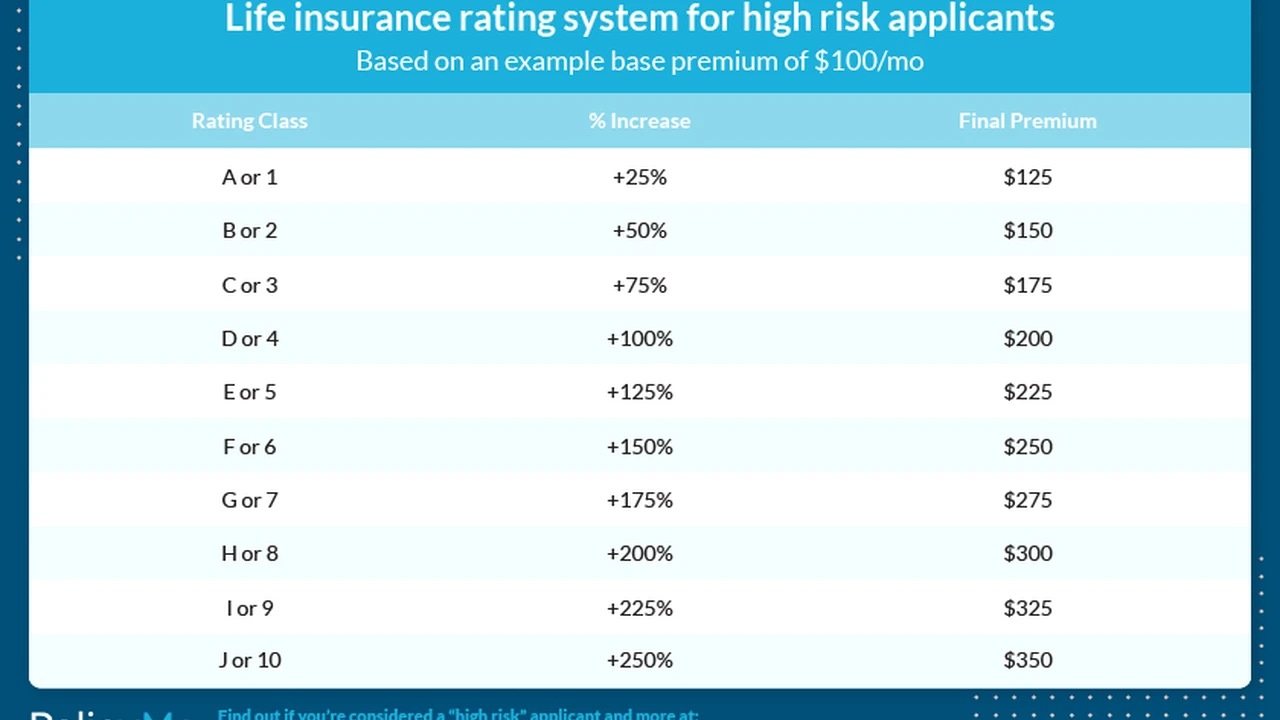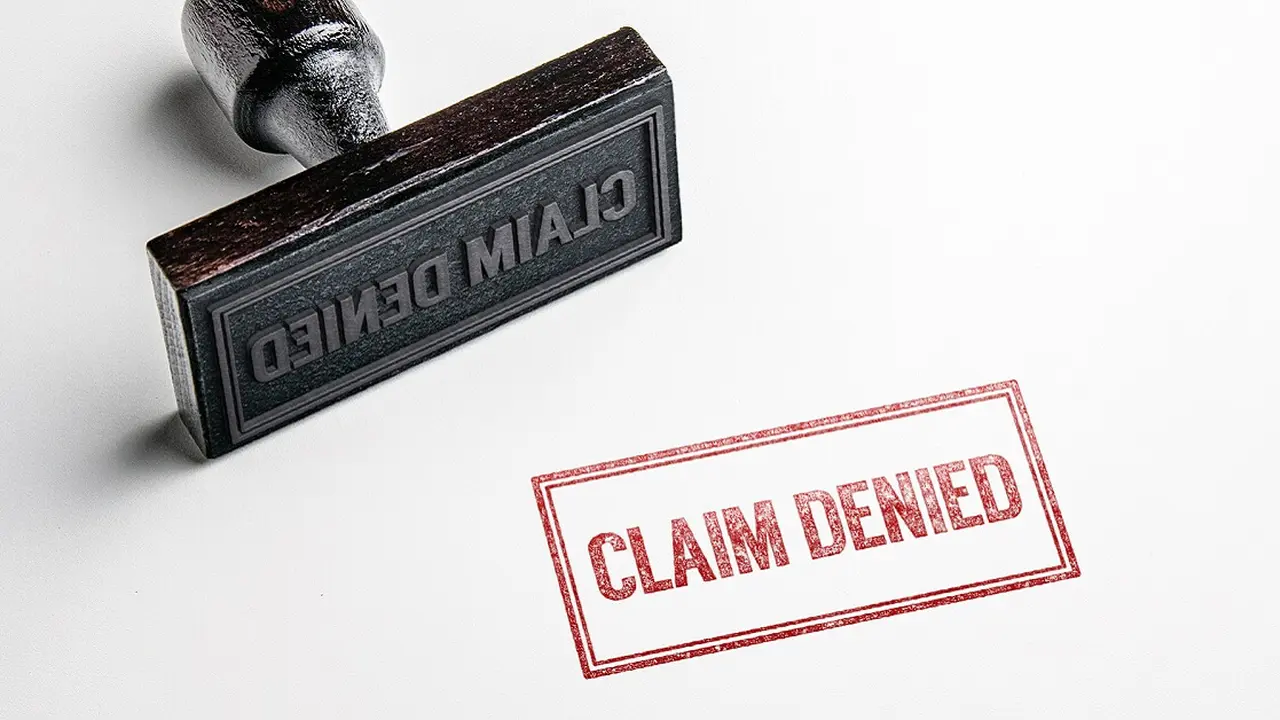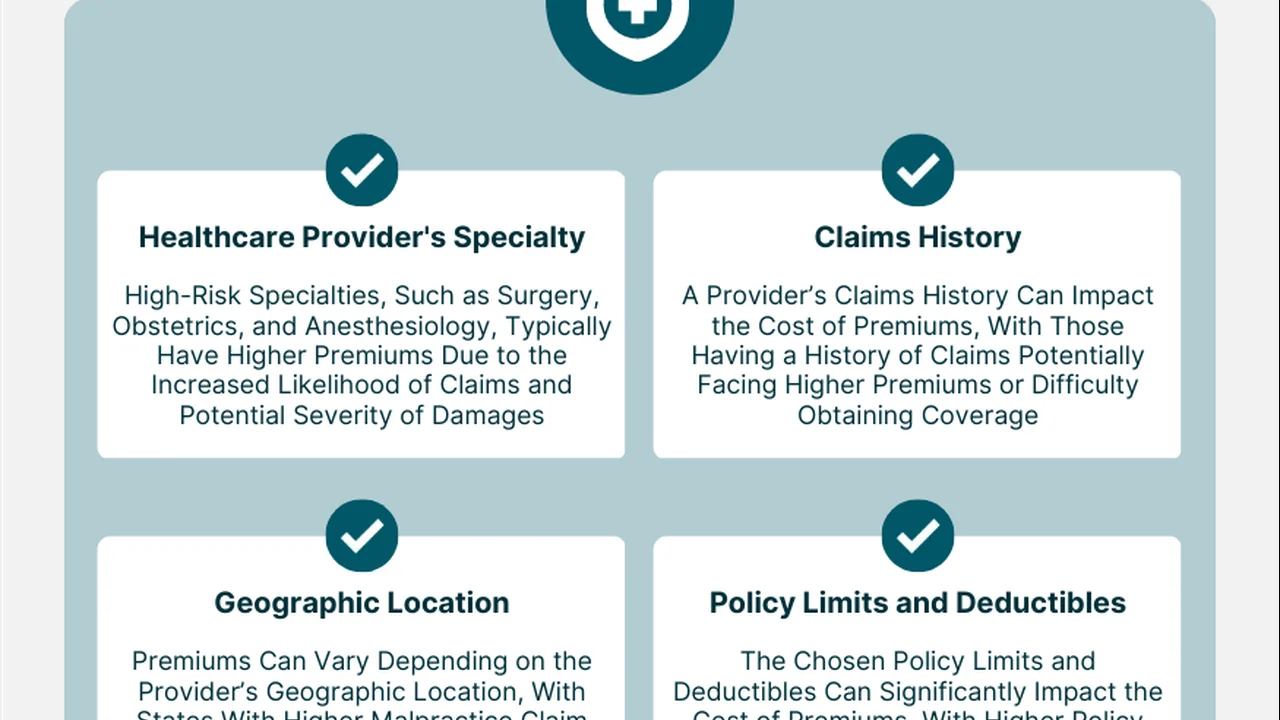High-Risk Insurance Claim Denied? Here's How to Appeal
Participating in high-risk activities? Find the right travel insurance. We compare the top 7 plans for US travelers. Get covered for injuries, emergencies, and more.

Understanding Why Your High Risk Activity Insurance Claim Was Denied
Okay, so you’ve filed a claim for your high-risk activity insurance, and you got the dreaded denial letter. First off, don’t panic. It happens. Insurance companies aren't exactly handing out money like candy. But a denial doesn't necessarily mean you're out of luck. Understanding *why* your claim was denied is the first step to potentially overturning the decision. Let's break down some common reasons:
- Policy Exclusions: This is the big one. High-risk activity insurance policies often have specific exclusions. Maybe you were participating in an activity that wasn't covered (like base jumping without specific coverage). Or perhaps the location where the incident occurred wasn't covered. Always, *always* read the fine print.
- Lack of Documentation: Did you provide enough evidence to support your claim? Insurance companies need proof of the incident, medical bills, gear damage, etc. Missing or incomplete documentation is a common reason for denial.
- Pre-Existing Conditions: If your injury or illness is related to a pre-existing condition that wasn't disclosed or wasn't covered under your policy, your claim might be denied.
- Late Filing: Policies have deadlines for filing claims. Miss the deadline, and you're likely out of luck.
- Misrepresentation: Did you provide false or misleading information when you purchased the policy? This can be grounds for denial.
- Activity Violations: Some policies have clauses related to safety regulations or training. If you violated these (e.g., skiing off-piste against resort rules), it could lead to a denial.
Initial Steps After a High Risk Travel Insurance Claim Denial: Reviewing Your Policy
Before you do anything else, grab your policy documents and *thoroughly* review them. This isn't a quick skim; you need to understand the terms, conditions, exclusions, and limitations. Pay close attention to:
- Definitions: How does the policy define "high-risk activity"? "Injury"? Make sure your situation fits within the policy's definitions.
- Exclusions: What specific activities, locations, or circumstances are *not* covered?
- Coverage Limits: What are the maximum amounts the policy will pay for different types of claims (e.g., medical expenses, evacuation, gear replacement)?
- Claims Process: What are the steps for filing a claim, the required documentation, and the deadlines?
Highlight anything that seems relevant to your claim. This will be your roadmap for building your appeal.
Gathering Supporting Documentation for Your High Risk Sports Insurance Appeal
Documentation is key to a successful appeal. You need to build a strong case with solid evidence. Here's what you might need:
- Original Claim Form: A copy of the claim form you initially submitted.
- Denial Letter: The letter from the insurance company explaining why your claim was denied.
- Medical Records: Detailed medical reports, doctor's notes, hospital bills, and any other documentation related to your injury or illness. Make sure these clearly state the cause of the injury and the treatment you received.
- Police Reports (if applicable): If your incident involved a crime or accident, include a copy of the police report.
- Gear Purchase Receipts: If you're claiming for damaged or lost gear, provide original receipts or other proof of purchase.
- Photos/Videos: Visual evidence can be powerful. If you have photos or videos of the incident, the damage to your gear, or the location where it occurred, include them.
- Witness Statements: If there were witnesses to the incident, get written statements from them. These statements should include their contact information and a detailed account of what they saw.
- Expert Opinions: In some cases, it might be helpful to get an expert opinion. For example, if your claim was denied because the insurance company believes your injury was pre-existing, you could get a statement from your doctor refuting this claim.
- Policy Documents: A copy of your insurance policy.
Organize all your documentation in a clear and logical manner. Make copies of everything and keep the originals in a safe place.
Crafting Your High Risk Travel Activity Insurance Appeal Letter: A Step-by-Step Guide
Your appeal letter is your opportunity to present your case to the insurance company and convince them to overturn their decision. Here's how to write an effective appeal letter:
- Start with a Formal Salutation: Address the letter to the appropriate claims representative or department. If you have a contact person from the denial letter, use their name.
- Clearly State Your Purpose: In the first paragraph, clearly state that you are appealing the denial of your claim. Include your policy number, claim number, and the date of the denial letter.
- Summarize the Situation: Briefly describe the incident that led to your claim. Be clear, concise, and factual.
- Explain Why You Believe the Denial Was Incorrect: This is the most important part of your letter. Explain *why* you believe the insurance company's denial was wrong. Refer to specific clauses in your policy and provide evidence to support your argument. Address each of the reasons for denial that were listed in the denial letter.
- Provide Supporting Documentation: Clearly list all the supporting documentation you are including with your appeal letter.
- Request a Review: Clearly state that you are requesting a full review of your claim and that you expect a response within a reasonable timeframe.
- End with a Professional Closing: Thank the claims representative for their time and consideration. Include your contact information.
Keep your letter professional, polite, and factual. Avoid emotional language or personal attacks. Proofread carefully for errors in grammar and spelling.
Specific High Risk Insurance Products and Usage Scenarios
Okay, let's get down to brass tacks and look at some specific high-risk insurance products. Remember, the "best" product depends entirely on your specific activities and needs.
IMG Signature Travel Medical Insurance with Hazardous Activity Rider
Usage Scenario: Rock climbing in Yosemite, backcountry skiing in Colorado, or scuba diving in the Great Barrier Reef.
Description: IMG Signature Travel Medical Insurance is a solid base policy, but the key here is the *Hazardous Activity Rider*. This rider expands coverage to include a wide range of activities that are typically excluded from standard travel insurance. It covers medical expenses, emergency evacuation, and repatriation of remains.
Pros:
- Extensive coverage for a wide range of high-risk activities.
- High medical coverage limits.
- 24/7 emergency assistance.
Cons:
- Can be more expensive than standard travel insurance.
- Specific exclusions still apply (e.g., professional sports).
Pricing: Varies depending on age, destination, coverage limits, and trip duration. Expect to pay more than a standard travel medical policy, perhaps 20-50% more depending on the activity and the length of the trip.
World Nomads Explorer Plan
Usage Scenario: Backpacking through Southeast Asia with some rock climbing, surfing, and hiking thrown in.
Description: World Nomads is a popular choice for adventurous travelers. The Explorer Plan offers a higher level of coverage than their Standard Plan and includes coverage for a broader range of high-risk activities. They're known for their flexibility and ease of use.
Pros:
- Good coverage for a variety of adventure activities.
- Easy to purchase and extend online.
- Positive reputation among travelers.
Cons:
- Coverage limits may be lower than some other options.
- Some exclusions apply (check the policy wording carefully).
Pricing: World Nomads' pricing is generally competitive. A 2-week trip to Southeast Asia with the Explorer Plan could cost around $100-200, depending on your age and the specific activities you plan to do.
Ripcord Rescue Travel Insurance
Usage Scenario: Remote mountaineering expeditions, backcountry skiing in Alaska, or any situation where emergency evacuation is critical.
Description: Ripcord Rescue Travel Insurance focuses primarily on rescue and evacuation services. They have their own team of experienced professionals who can coordinate and execute evacuations from even the most remote locations. This is *not* a comprehensive travel medical policy; it's designed to get you out of a dangerous situation.
Pros:
- Unmatched rescue and evacuation capabilities.
- Experienced team of professionals.
- Coverage for very remote and challenging locations.
Cons:
- Expensive compared to other options.
- Does not cover medical expenses (you'll need a separate travel medical policy).
Pricing: Ripcord is a premium product, and the pricing reflects that. Expect to pay several hundred dollars for a short trip, especially to a remote location.
Comparing High Risk Sports Travel Insurance Options
Here's a quick comparison table to help you visualize the differences between these options:
| Provider | Coverage Focus | Pros | Cons | Price Range (per trip) |
|---|---|---|---|---|
| IMG Signature (with Rider) | Comprehensive medical and evacuation | Wide activity coverage, high limits | Can be expensive, exclusions apply | $100 - $500+ |
| World Nomads Explorer | Variety of activities, flexible | Easy to use, good reputation | Lower limits, exclusions apply | $75 - $250 |
| Ripcord Rescue | Rescue and evacuation ONLY | Unmatched rescue capabilities | Expensive, no medical coverage | $300 - $1000+ |
Important Considerations:
- Activity Level: How extreme are your activities? The more extreme, the more comprehensive coverage you'll need.
- Location: Are you traveling to a remote area with limited medical facilities? If so, evacuation coverage is essential.
- Budget: How much are you willing to spend on insurance? Balance your needs with your budget.
- Pre-Existing Conditions: Do you have any pre-existing medical conditions? Make sure the policy covers them.
Submitting Your Adventure Travel Insurance Appeal: Deadlines and Follow-Up
Once you've prepared your appeal letter and gathered all your supporting documentation, it's time to submit it to the insurance company. Make sure you send it via certified mail with return receipt requested. This will provide you with proof that the insurance company received your appeal.
Deadlines: Pay close attention to the deadline for submitting your appeal. This deadline will be stated in the denial letter. Missing the deadline could jeopardize your chances of overturning the denial.
Follow-Up: After submitting your appeal, it's a good idea to follow up with the insurance company to check on the status of your claim. You can call the claims representative or send an email. Be polite and professional, but persistent. Keep a record of all your communications with the insurance company.
When to Seek Professional Help with Your High Risk Insurance Claim
Sometimes, despite your best efforts, the insurance company may still deny your claim. In these cases, it may be necessary to seek professional help. Consider consulting with an attorney or a public adjuster who specializes in insurance claims. They can review your policy, assess your case, and advise you on your legal options.
Warning: Legal fees can be expensive, so weigh the cost of legal representation against the potential benefits. It may only be worth pursuing legal action if the claim is for a significant amount of money.
Appealing a denied high-risk activity insurance claim can be a challenging process, but it's not impossible. By understanding the reasons for denial, gathering supporting documentation, crafting a strong appeal letter, and being persistent, you can increase your chances of getting your claim approved. And remember, don't be afraid to seek professional help if you need it. Good luck!
:max_bytes(150000):strip_icc()/277019-baked-pork-chops-with-cream-of-mushroom-soup-DDMFS-beauty-4x3-BG-7505-5762b731cf30447d9cbbbbbf387beafa.jpg)






